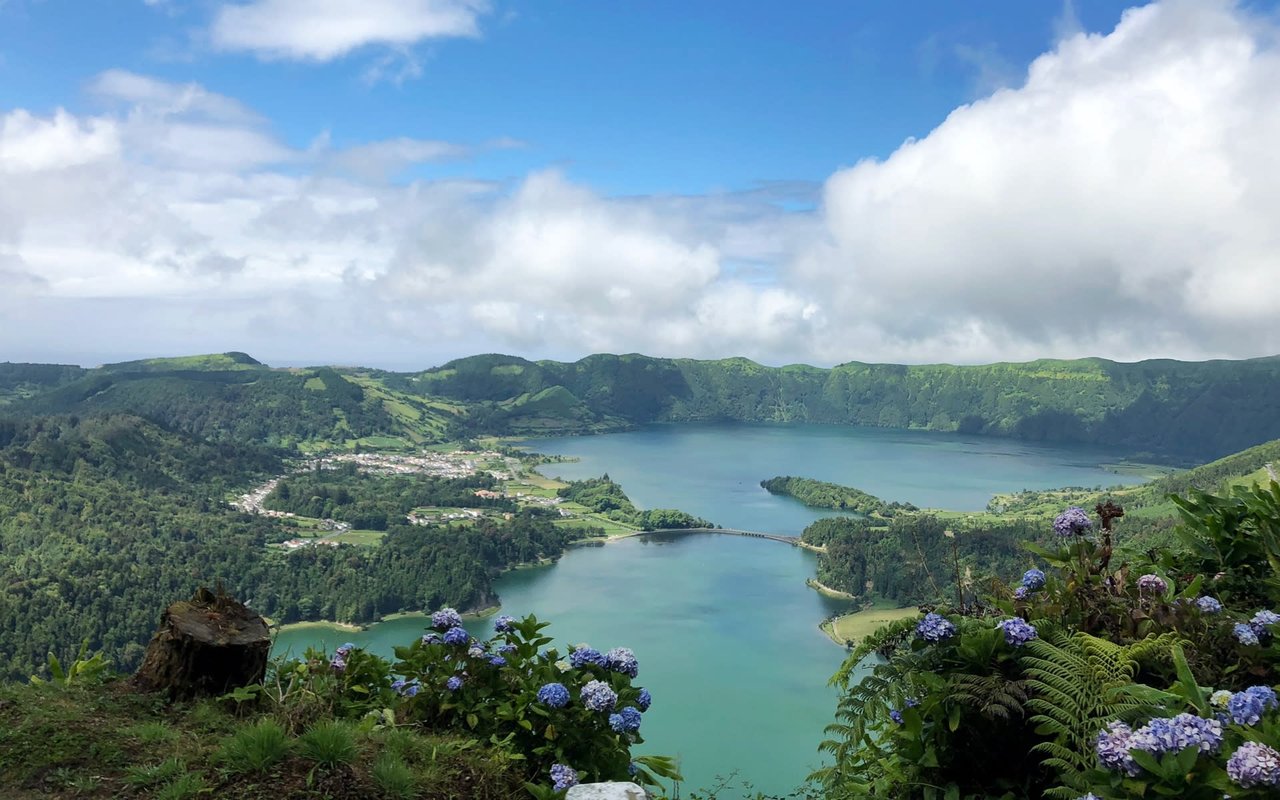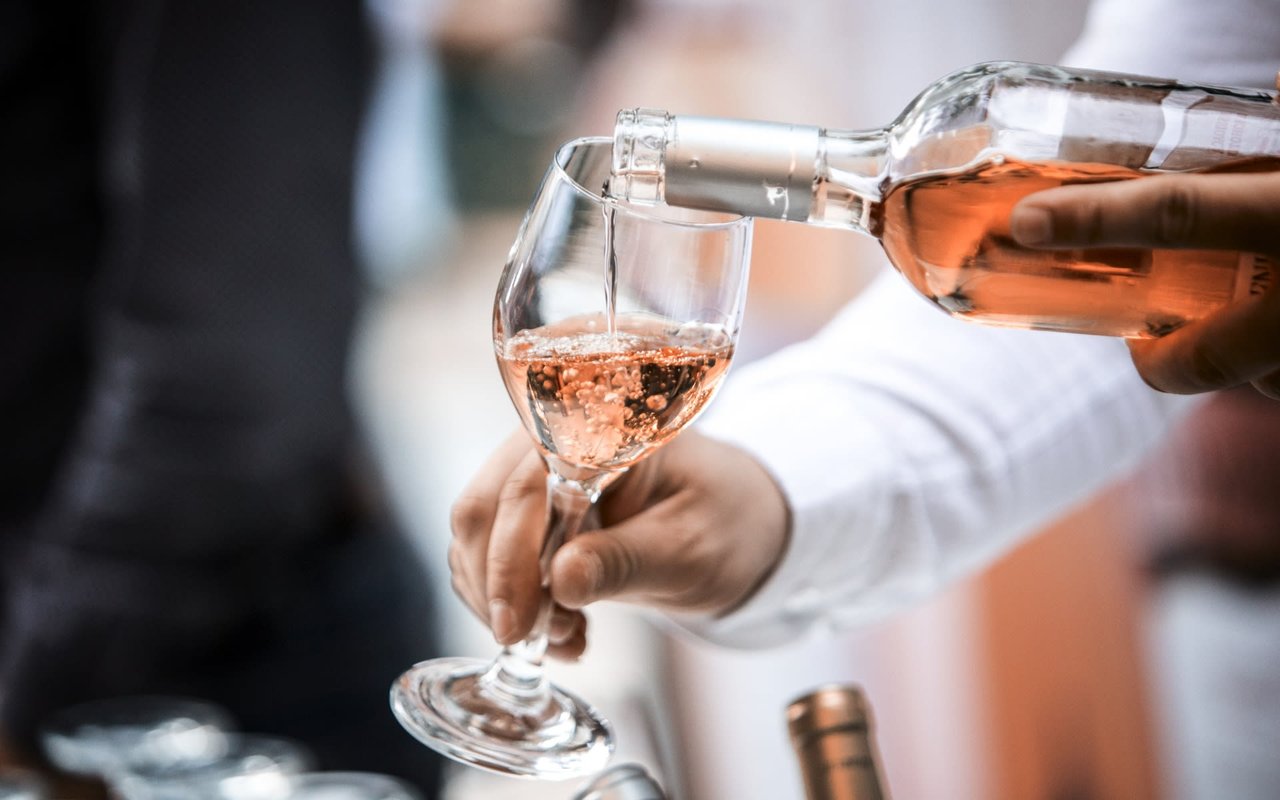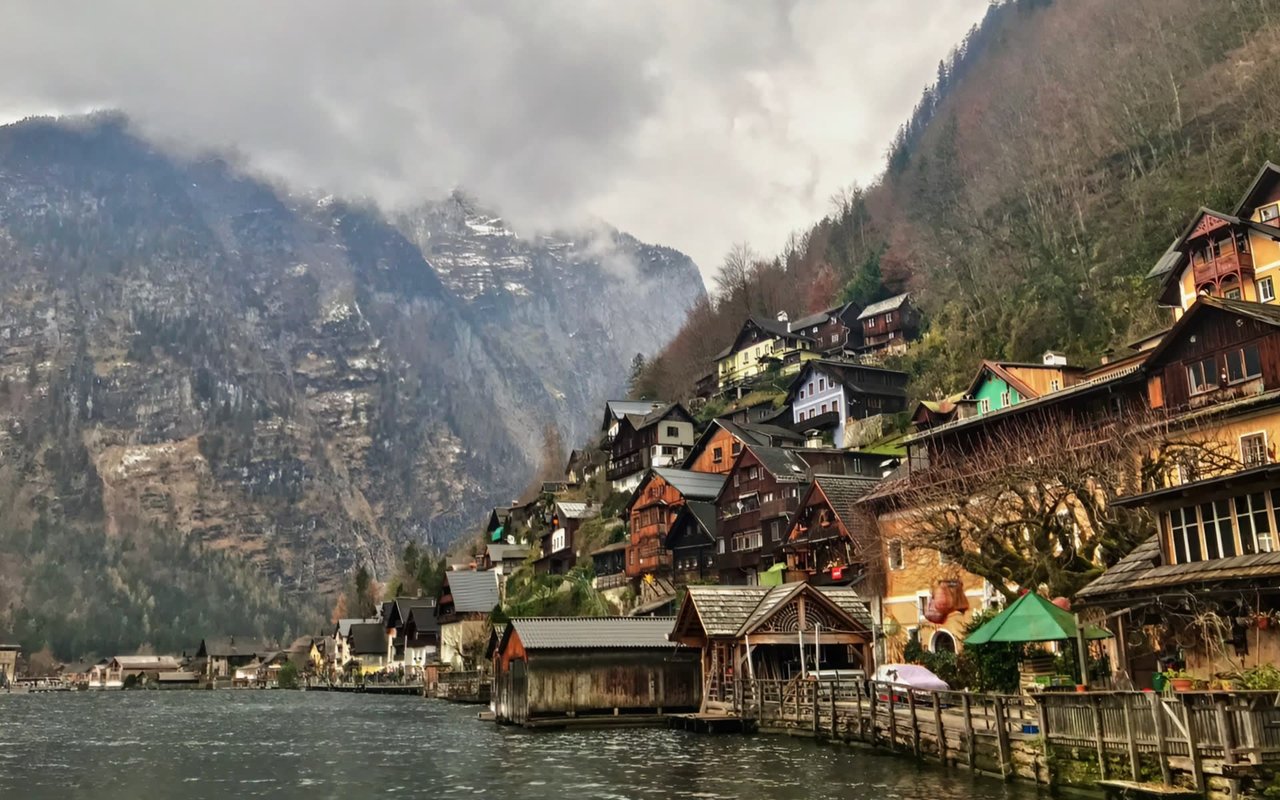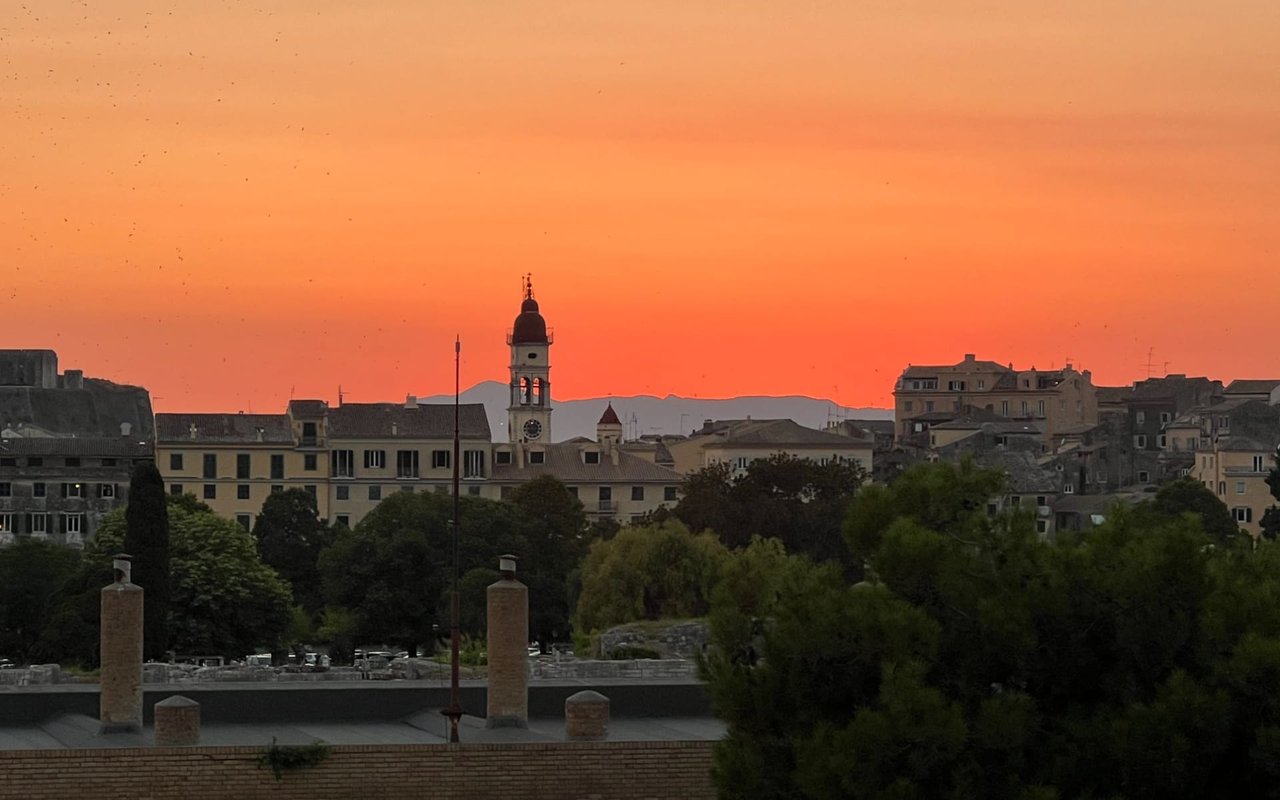The Azores (Açores) are a little-known collection of Portuguese islands in the Atlantic about 1000 miles from Lisbon (a 2.5-hour flight). My sister and I visited São Miguel, the largest island, a few weeks ago. The weather wasn't perfect - Hurricane Lorenzo created more clouds, wind, and grey days than we would have had otherwise - but even still, the Azores were incredibly magical and so charming.
Dramatic landscapes, miles of roads perfectly lined on all sides with huge hydrangeas as big as my head, winding mountain passages with views that catch your breath as you turn a corner or drive down a steep slope and catch sight of the endless ocean past lush green, rolling hills. They are definitely a place worth adding to your list - and get in now before tourism takes over!
Top 5 Things to Do in São Miguel
- Sete Cidades: Pictured above, these lakes are probably the most photographed spot in the Azores, and for good reason. Check out spotazores.com before you go to make sure it's clear and sunny or you won't be able to see the differing colors (green & blue) of the 2 lakes from Vista do Rei.
- Ilheu Vila Franca do Campo: Situated opposite the town of Vila Franca do Campo, about 1km from the coast, the more than 4000-year-old tiny islet is a result of the crater of an ancient submerged volcano, creating an almost perfectly circular natural lake. Visit for an afternoon and go snorkeling.
- Thermal Baths: Caldeira Velha is set against a jungle backdrop with a gorgeous waterfall that runs right into one of the pools. Ponta de Ferraria is a natural cove right on the ocean surrounded by lava rock cliffs. Ocean water is heated by an underwater geothermal spring. Poça da Dona Beija is open until late at night, offering yet another experience.
- Ponta Delgada: Wander the charming cobblestone streets, eat dessert at Louvre Michaelense (best chocolate cake ever!), have a local beer in the plaza in front of the Church of São Sebastião, devour flavorful steak at A Tasca, have a rooftop drink at the Whalewatching Bar at the Azor Hotel.
- Ribeira Grande: Drive through the tiny streets of Ribeira Grande, with its colorfully painted houses. Make a quick stop at Fabrica de Licores Mulher de Capote for a free tasting of locally made liquors - flavored brandy, gin, cream liquor, etc.
Travel Tip of the Month
If you book a flight on a low-cost airline, be sure to check their specific online and airport check-in requirements. While most airlines cut off check-in 45-60 minutes before departure (depending on the airport), some low-cost carriers close online check-in several hours before departure and airport check-in 90-120 minutes before. Some even charge a fee for checking in at the airport.
Wine of the Month
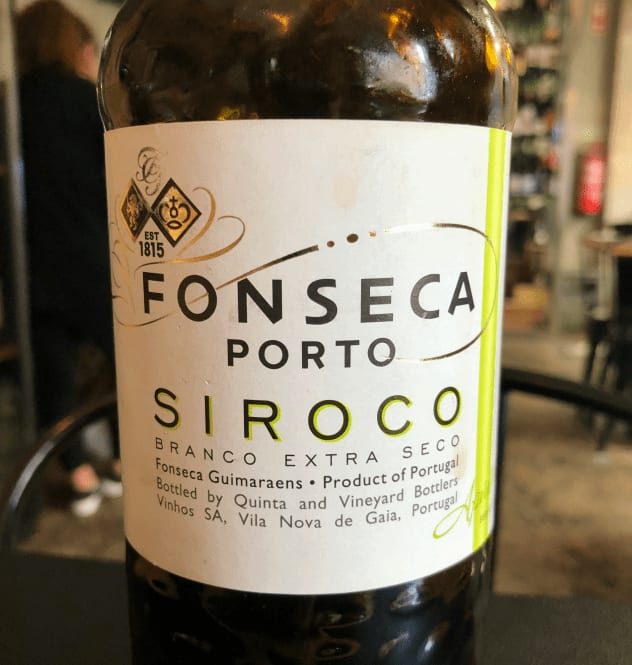
I wanted to start off WOTM with an interesting red as that is my general preference, but in keeping with my travel highlight, I thought a Port would be more fitting. But I will still go with the unique - a dry white Port. Don’t get me wrong, it’s still a fortified wine so it’s not dry in the typical sense. It’s just dry as far as Ports go. It has a bit more of that oxidative quality that sherry has and it’s a good afterdinner wine for someone who doesn’t like the syrupy quality you can get with most dessert wines. Or because of its light style - have it as an aperitif. It makes a good cocktail with tonic, lime, and mint. And it’s a steal at only $17 per bottle.
- Food Pairing: Beef, blue cheese, desserts | ABV: 15%
Some Fun Facts About Port
-
Region: Port is produced exclusively in the Duoro Valley of Portugal but got the name in the later half of the 17th century from the seaport city of Porto, where much of it was brought to market or for export to other countries.
-
White port: According to a distributor in Sintra, white Port only makes up ~7-8% of the market but in recent years, it has been creating a buzz. In fact, white Port saw a 70% sales increase in 2017 alone.
-
Age: As red Ports age, they get lighter in color. As white Ports age, they become darker in color. So the older they are, the more similar they start to look. And of course, the more expensive they get!
-
Ruby vs tawny: Ruby Port is the least expensive and most widely available. After fermentation, it is stored in concrete or stainless steel tanks to prevent oxidative aging and preserve its bright red color and full-bodied fruitiness. Tawny Ports are aged in wooden barrels exposing them to gradual oxidation and evaporation. As a result, they mellow to a golden-brown and the exposure to oxygen imparts nutty flavors to the wine.

